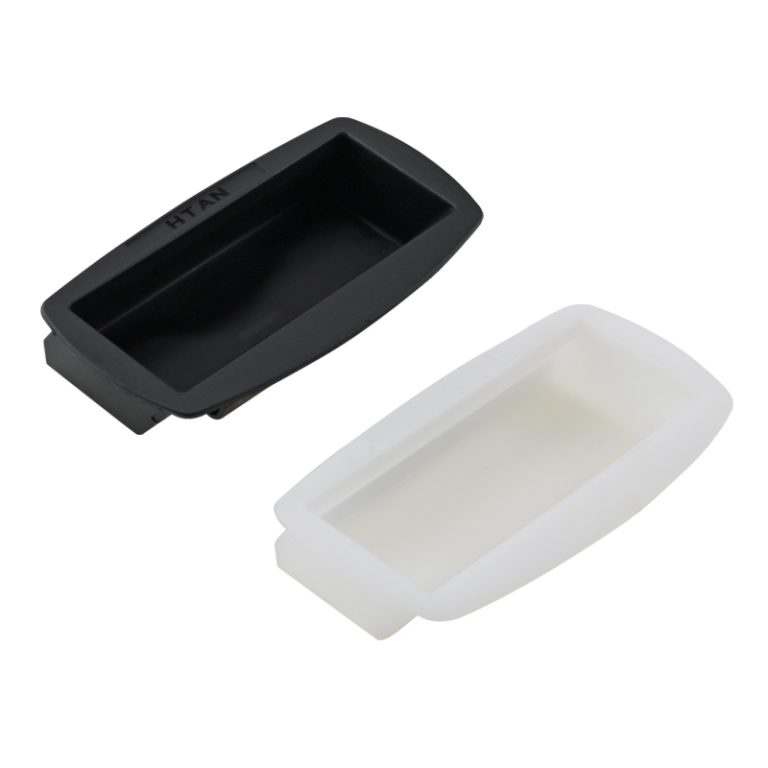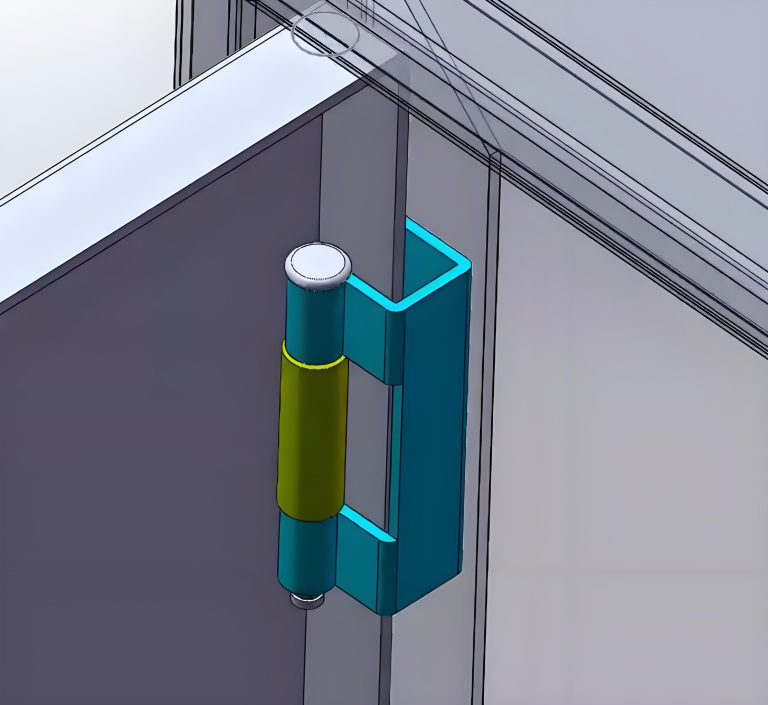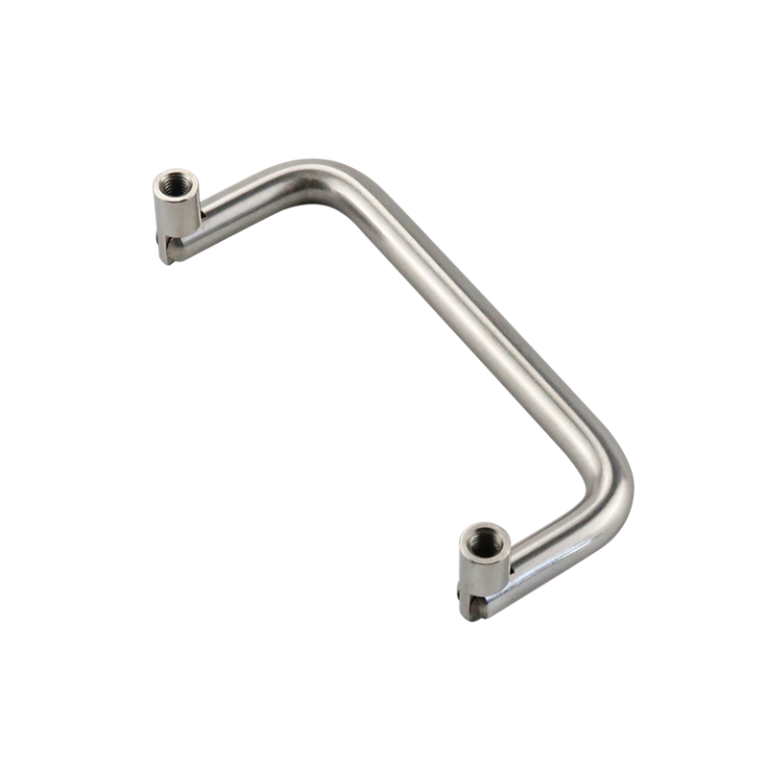HTAN is one of the leading manufacturers of industrial hinges, handles and latches in China.
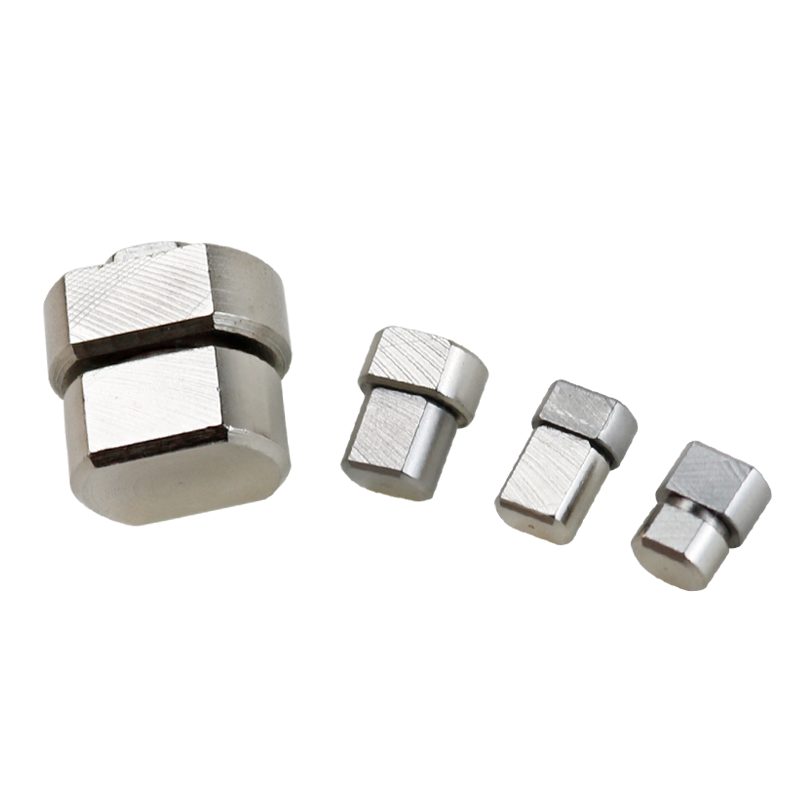
From early kerosene lamps to modern intelligent lamps, table lamps have evolved from simple lighting tools to multifunctional household products. The torque hinge, a key mechanical structure, has become central to this innovation, offering precise damping control and angle adjustment.
I. Working Principle of Torque Hinge
Torque Generating Mechanism Torque hinges generate controllable resistance via internal springs, friction plates, or hydraulic devices, converting material deformation into mechanical torque.
This resistance can be customized to ensure smooth and stable adjustment of the light arm.
Damping Control Technology By optimizing the damping coefficient, torque hinges absorb external vibrations, keeping the lamp head stable and preventing light source shifts due to external forces.
Angle Adjustment Principle The modular design within the hinge enables multi-axis linkage, allowing users to adjust the lamp head’s 360° rotation or multi-stage lifting with one-hand operation, fixing any angle by hovering.
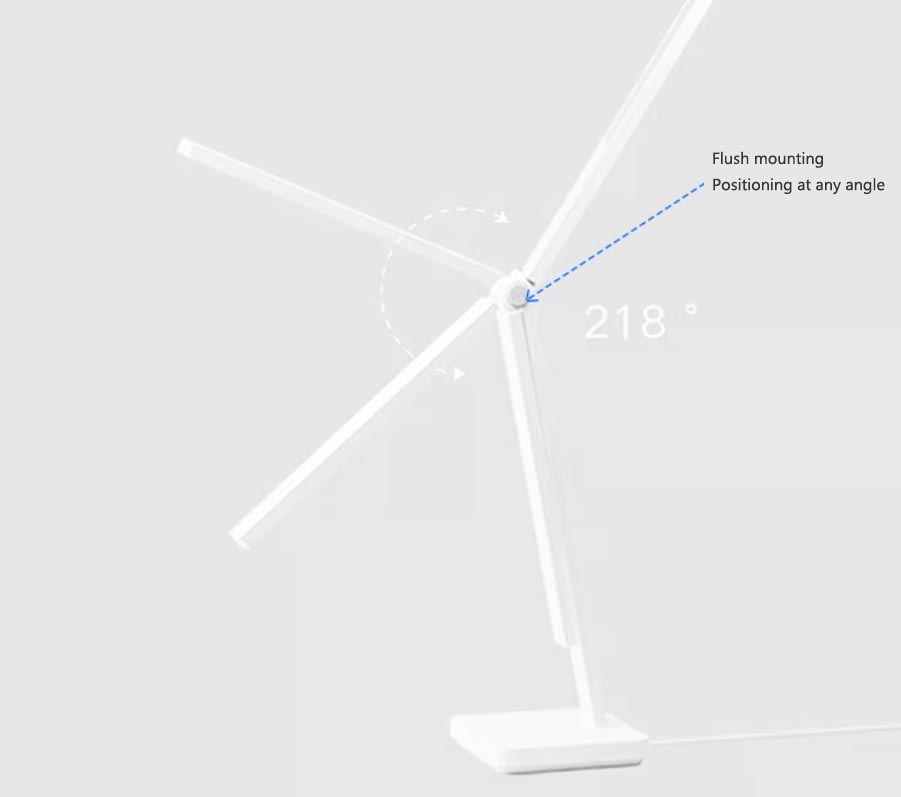
II. Technical Characteristics of Torque Hinge in Desk Lamps
Precise Adjustment The smooth damping of torque hinges and high-precision bearings enable stepless dimming and optical focusing, such as adjusting brightness or focus range through the lamp arm’s angle.
Stabilizing Support For tall structures like floor lamps, torque hinges use a multi-point distributed torque design to maintain balance at complex angles, preventing lamp head sagging.
Intelligent Integration Torque hinges can be embedded with pressure sensors to trigger switches via the lamp arm’s folding angle or linked with touch panels for gesture control adjustment.
III. Application of Torque Hinge in Different Types of Table Lamps
Desktop Lamp
- Applicable Scenes: Reading, office, design.
- Core Function: Multi-directional adjustment of the lamp arm to accommodate posture changes, with torque damping ensuring light source stability and reducing visual fatigue.
Floor Lamp
- Applicable Scenes: Living room, study.
- Core Function: Multi-section torque hinges adjust the height and angle of the lamp head for precision control in lamps over 1.5 meters.
Bedside Table Lamp
- Applicable Scenes: Bedroom, hotel.
- Core Function: Light touch angle adjustment and silent design for nighttime convenience without disturbing others.
Special Scene Desk Lamp
- Medical Surgical Lamp: Torque hinges provide millimeter-level positioning accuracy and compatibility with sterile environments.
- Museum Display Lamp: Micro-torque adjustment for artistic control of light projection angles.
IV.Desk Lamp Hinge FAQ
1. What should I do if my hinges are rusty?
Solution: Spray the hinge with WD-40 lubricant and turn it back and forth several times.
This will help to remove the rust and restore smooth operation.
2. The light head is too heavy to press?
Possible Reasons and Solutions:
- Loose Hinge Screws: Check if the hinge screws are loose. If they are, tighten them to provide better support.
- Inadequate Load Capacity: Consider replacing with a hinge model that has a higher load capacity to better support the weight of the light head.
3. How to choose a desk lamp for children?
Recommendations:
- Anti-pinch Design: Select hinges with an anti-pinch design to prevent children’s fingers from being pinched.
- Soft Damping: Opt for hinges with soft damping to ensure smooth and gentle movements, adding an extra layer of safety for children.
Summary and Prospect
The torque hinge redefines table lamp functionality by merging mechanical mechanics with intelligent technology. Its core value lies in balancing user experience and technical realization—offering flexibility while ensuring reliability through precision engineering. In the future, torque-hinged table lamps are expected to become IoT key nodes, synchronizing with indoor climate adjustments or VR devices for immersive interactions. The technology’s miniaturization and cost reduction will drive its adoption from high-end markets to mass consumption, fueling lighting industry innovation.


